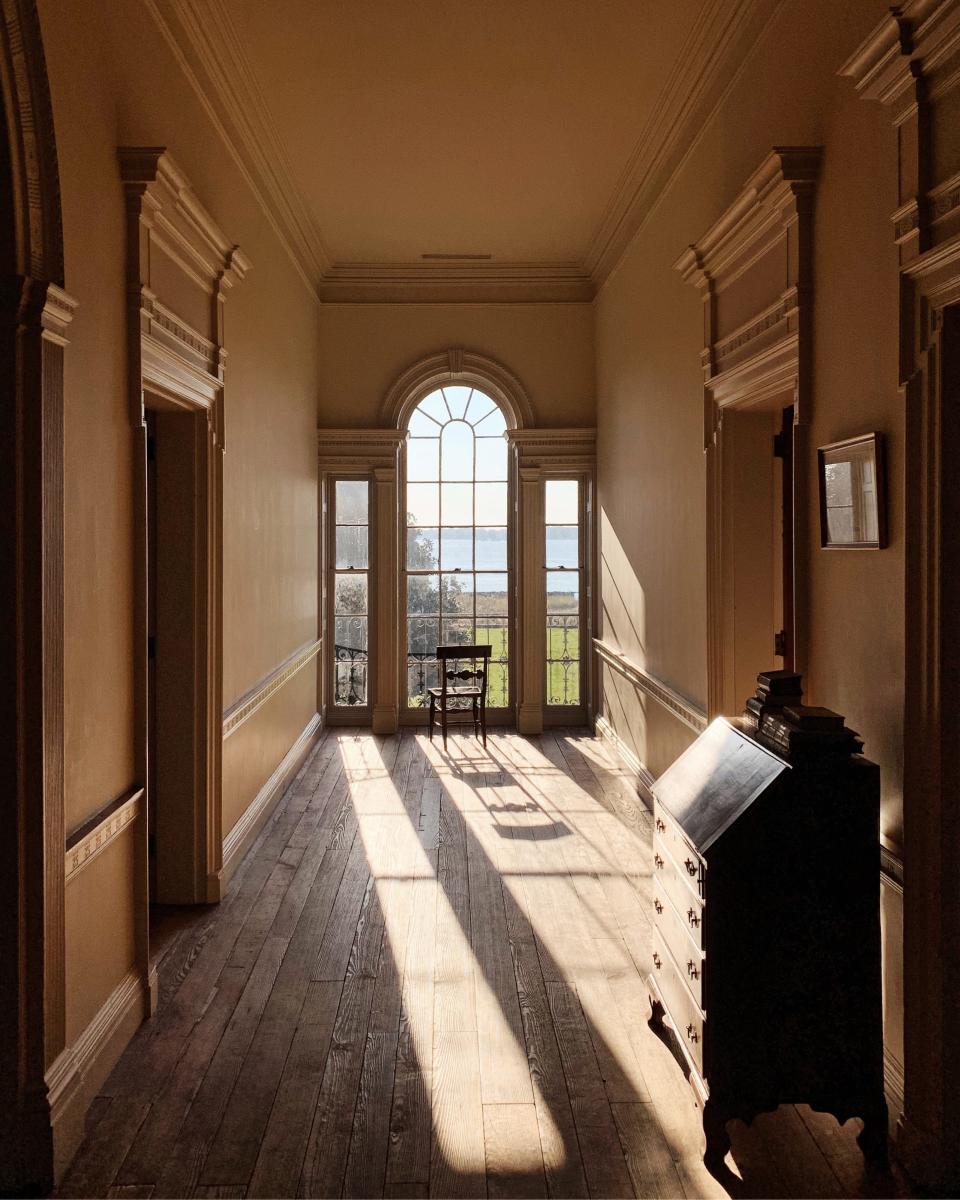Open Call: Feeling and imagination are the keys to renewal, escape from 'goblin mode'
- Oops!Something went wrong.Please try again later.
Back in March, The Guardian published an explainer piece on “goblin mode,” a lifestyle trend roughly defined as “slobbing out and giving up.”
The topic has since ricocheted around English-language journalism.
Whether you’re validated or repulsed by other people’s tales of bingeing reality TV, eating weird and unbalanced meals, or letting grooming go by the wayside, the goblin vibe is more than a buzzword. It’s a symptom of the world we’re living in, a world that sometimes pushes us to the edges of our mental well-being.
“My ability to slip into goblin mode predates the pandemic,” wrote Natasha Radmehr in The Sunday Times, “and is usually a sign that I’ve driven myself to exhaustion.” But of course COVID-19 has brought new levels of exasperation. Cases of depression and anxiety have skyrocketed, and people have left the workforce in startling numbers, citing burnout and family priorities.

That’s a tough pill for the arts and culture sector to swallow. By July 2021, cultural nonprofits already had lost an estimated $17.9 billion to social distancing. Revenues are partially rebounding now, but COVID disruptions are no longer the lone consideration. The pandemic has taught people how to stay home, how to say no, how to gird themselves against the overstimulation of the outside world.
Content fatigue is real, now more than ever. And our sector is a major purveyor of content.
More: Take a walk in the Delaware Botanic Gardens to discover natural beauties in Sussex County
As director of the George Read II House & Gardens in Old New Castle, a National Historic Landmark owned by the Delaware Historical Society, I often ask myself and our team: who cares? Why should this house be a museum, and what kind of experience are we foisting on visitors?
International research suggests that people visit museums not to learn, per se, but to enhance their sense of well-being. At the Read House, whether you come for a tour or for a drink in the garden, it should leave you renewed, not fatigued.
We start with something simple: looking and feeling. According to neuroscientists, sensory experiences that inspire awe can help us transcend our psychological and physical limitations and cope with our own mortality. That seems especially salient in these times of goblin gloom.
The 1804 Read House has appeared in dozens of books and magazines as one of the most beautiful homes in America. Visitors agree.
Sunlight floods the rooms through enormous windows that look out over the Delaware River. Long ago it was Delaware’s largest residence, at 14,000 square feet. But as a frequent visitor once remarked, it’s “not so large that you couldn’t imagine living there.”
Imagination is the key. Historians and curators do it every day, even if they don’t always admit it.
Imagination also guided Philip and Lydia Laird, who restored the house in the 1920s. From wallpapers painted with New Castle scenes to kitschy colonial “tap rooms” in the basement, they mixed historic preservation with whimsy. All of this was the backdrop for legendary Prohibition-era parties packed with their many Laird and du Pont cousins and friends.
More: Open Call: Go 'Beyond Shakespeare' program shines light on our shared humanity
Today imagination helps us to better see ourselves, and also to discover the perspectives and people who have never before been celebrated in Read House lore.
Sometimes contemporary artists lead the way. Photographers and models have added new layers of visual storytelling to our period rooms. Hollywood hair artists have designed wigs honoring Augustus Jamot, the Haitian-American hairdresser and luxury retailer relied on by the Reads for his discerning taste.

And a 9-foot-tall dress once stood in our 11-foot garden windows. For guests outdoors at the annual LIT for the Holidays party, it was an “aha” moment about George Read II and his tendency to push design elements to their extremes.
Tour guides at the Read House won’t lecture you; they’ll give you space to notice things and invite you into a conversation. You’ll probably laugh at our 1990s fake food — proof that curatorial choices are always a product of their own era. And you might end up speculating about Sylvia Rice, the experienced African American cook, and how George Read’s ultra-hi-tech (for its time) kitchen must have been a pain to use.
Visitors often leave saying they’ve learned to see the material world around them in new ways.
More: Riding on fumes? 15 free events you can enjoy this summer with your family
As we emerge from the pandemic, let’s allow ourselves to start simply. We deserve it after all we’ve been through, and it can lead us to powerful places of empathy and discovery.
To visit or support the Read House & Gardens, go to readhouseandgardens.org or find us on Instagram and Facebook.
Brenton Grom is director of the George Read II House & Gardens and Harry N. Baetjer III Junior Fellows Program director
This article originally appeared on Delaware News Journal: Escape 'goblin mode' at George Read II House & Garden in New Castle

